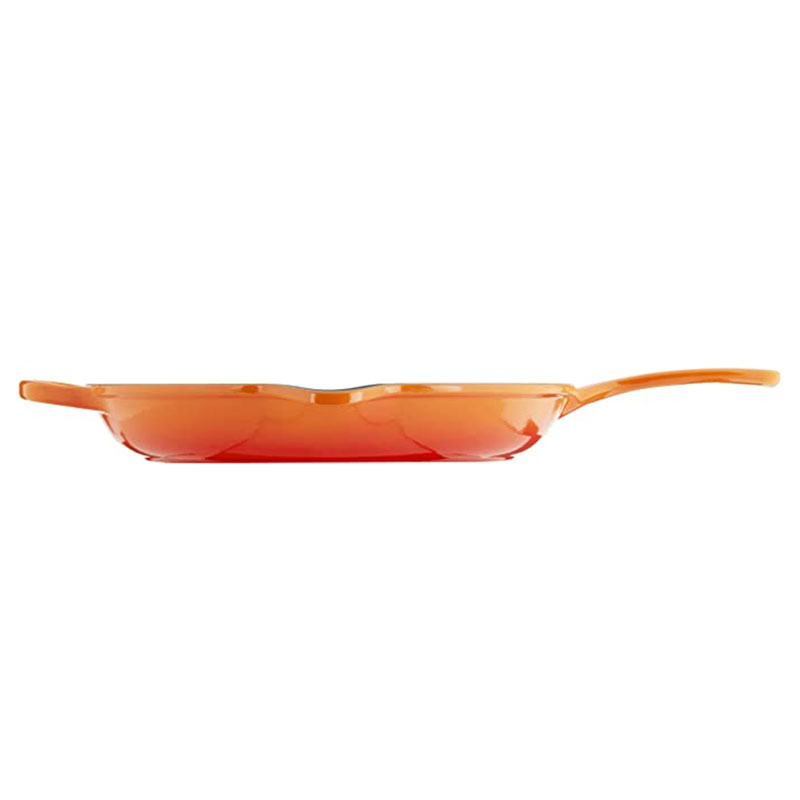- 150m Southwards, West DingWei Road, Nanlou Village, Changan Town, GaoCheng Area, Shijiazhuang, HeBei, China
- monica@foundryasia.com
Nov . 10, 2024 19:02 Back to list
Top Traditional Cast Iron Wok Manufacturers and Their Unique Offerings
The Art of Traditional Cast Iron Wok Manufacturing
In the realm of cookware, few items hold as esteemed a place as the traditional cast iron wok. Renowned for its versatility and ability to retain heat, the cast iron wok has been an essential tool in kitchens across Asia and beyond for centuries. The manufacturing of traditional cast iron woks is both an art and a science, steeped in cultural significance and craftsmanship. This article will explore the history, manufacturing process, and the reasons behind the enduring popularity of traditional cast iron wok manufacturers.
A Rich History
The use of woks can be traced back over 2,000 years to ancient China, where they were used for various cooking methods, including stir-frying, steaming, and deep-frying. The classic wok shape, with its rounded bottom and high sides, is designed to facilitate high-heat cooking and easy tossing of ingredients. While woks can be made from various materials, cast iron has become a favorite due to its exceptional heat retention and distribution properties. This ensures that food is cooked evenly and develops a rich flavor profile.
The Manufacturing Process
The manufacturing of traditional cast iron woks involves several meticulous steps, reflecting a deep commitment to quality and craftsmanship. Here’s a breakdown of the typical process
1. Raw Material Selection The process begins with the selection of high-quality cast iron. Traditional manufacturers often use recycled scrap metal mixed with new iron to ensure a sturdy and durable product. This choice of material is crucial, as the quality of the iron directly impacts the wok's cooking performance.
2. Melting and Molding The selected iron is melted at high temperatures in a foundry. Once in a liquid state, the molten iron is poured into pre-shaped molds. These molds are designed to create the iconic rounded shape of the wok. The casting must be done with precision, as any imperfections can affect the cooking surface.
3. Cooling and Finishing After the iron has cooled and solidified, the woks are removed from the molds. They go through a finishing process, which includes grinding, polishing, and sometimes seasoning the surface. Seasoning involves coating the wok with a layer of oil, which is then heated to create a non-stick surface. This process is vital as it enhances the wok's cooking performance and prevents rust.
4. Quality Control Established manufacturers place a strong emphasis on quality control. Each wok undergoes rigorous testing to ensure it meets standards for durability, heat retention, and safety. This step is crucial for maintaining the reputation of traditional cast iron wok manufacturers.
traditional cast iron wok manufacturers

5. Handcrafted Details Many traditional brands still prioritize handcrafted techniques, adding unique touches to each piece. Whether it's the intricate handle design or the careful attention to the finishing process, these details often tell a story of the artisans’ dedication to their craft.
Why Traditional Cast Iron Woks?
The growing interest in traditional cast iron woks can be attributed to several factors
1. Health Benefits Cooking with cast iron provides a subtle boost of iron in the diet, making it a healthy option for many. Moreover, the natural non-stick properties developed through seasoning mean fewer chemicals leach into food compared to synthetic non-stick surfaces.
2. Versatility From stir-frying vegetables to simmering stews or even baking, the cast iron wok can handle various cooking techniques, making it an essential tool for home cooks and professional chefs alike.
3. Durability and Longevity When cared for properly, cast iron woks can last a lifetime, often being passed down through generations. This durability resonates with consumers seeking sustainable kitchenware that minimizes waste.
4. Cultural Connection For many, using a traditional cast iron wok connects them to culinary heritage. It serves as a reminder of family traditions and recipes that have been shared over the years.
Conclusion
The manufacturing of traditional cast iron woks is a fascinating intersection of history, craftsmanship, and culinary art. As manufacturers continue to uphold age-old techniques while adapting to modern needs, the allure of the cast iron wok remains strong. Whether you’re a culinary novice or a seasoned chef, investing in a high-quality traditional cast iron wok can elevate your cooking and deepen your connection to the culinary traditions it represents. With its rich history and enduring popularity, the traditional cast iron wok is more than just cookware; it is a gateway to cultural exploration and culinary excellence.
-
Best Cast Iron Frying Pan for Induction Cooktop – Durable & Non-Stick Skillet Supplier
NewsJul.08,2025
-
Best Cast Iron Skillet Quality High Performance Cookware for Grill, Pizza, & Stir-Fry
NewsJul.08,2025
-
Premium Cast Iron Pan Set – Durable, Nonstick & Versatile Cookware for All Kitchens
NewsJul.08,2025
-
Blue Cast Iron Dutch Oven – Premium Enamel Cookware for Kitchen & Baking
NewsJul.07,2025
-
Best Enamel Dutch Oven for Bread - White Enamel Cast Iron Dutch Oven Service & Pricelist
NewsJul.07,2025
-
3.5 Qt Enameled Cast Iron Dutch Oven – Durable, Versatile & Stylish Cookware for Every Kitchen
NewsJul.07,2025